What do they finish gym floors with?
klavier
14 years ago
Related Stories
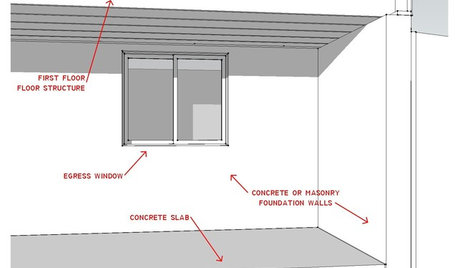
REMODELING GUIDESKnow Your House: The Steps in Finishing a Basement
Learn what it takes to finish a basement before you consider converting it into a playroom, office, guest room or gym
Full Story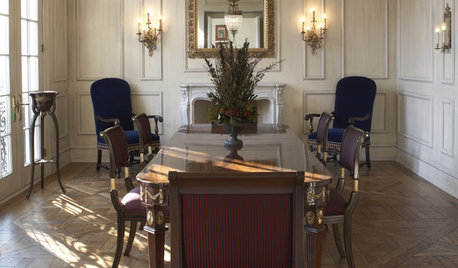
DECORATING GUIDESFinish Your Floors to Perfection With Parquet
Add value and gorgeous detail to your home with timeless and elegant parquet flooring in a classic design
Full Story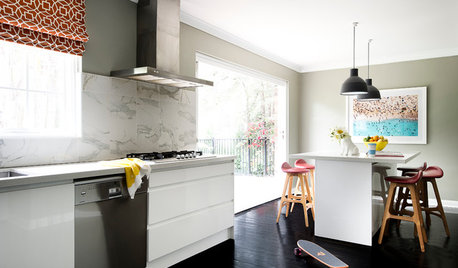
FLOORS11 Distinctive Finishes for Original Floorboards
Whether you go for glossy, painted or matte boards, make your wood floor the star
Full Story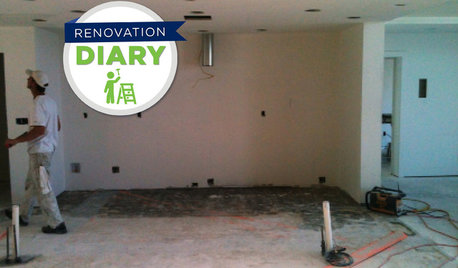
REMODELING GUIDESRanch House Remodel: Installing the Interior Finishes
Renovation Diary, Part 5: Check in on a Florida remodel as the bamboo flooring is laid, the bathroom tiles are set and more
Full Story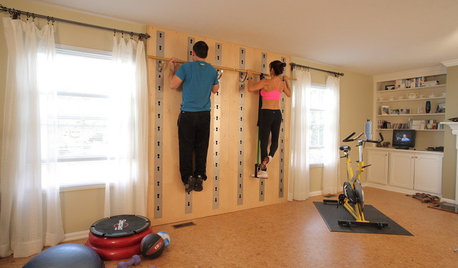
HOME GYMSHouzz Call: Show Us Your Home Gym or Exercise Space
Whether you have a fully devoted room with all the dumbbells and whistles or a bedroom corner, we want to see how fitness fits in your house
Full Story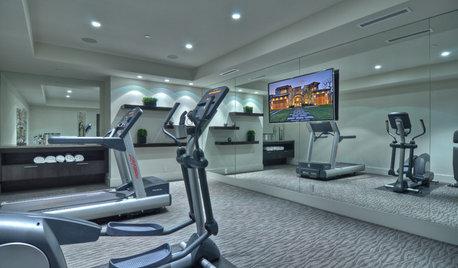
HOME GYMS9 Tips to Turn Your Basement Into a Gym Powerhouse
The "It's too far" excuse goes out the window when you outfit your basement with a healthy dose of gym gear and a strong sense of style
Full Story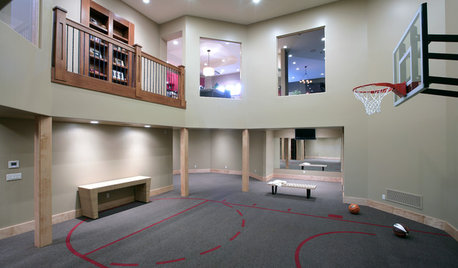
Readers' Choice: The 10 Most Popular Home Gyms of 2012
Houzzers happily went to court last year, as rooms for basketball — and for weight lifting, yoga and swimming — piqued their interest
Full Story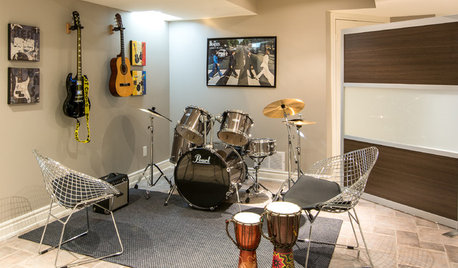
BASEMENTSBasement of the Week: Gaming and Jamming Near Toronto
Two teenagers can claim cool cred with a basement decked out for music, video games, gym time and more
Full Story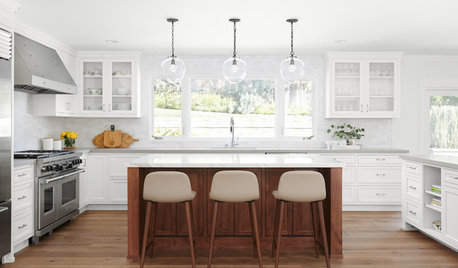
KITCHEN WORKBOOKWhen to Pick Kitchen Fixtures and Finishes
Is it faucets first and sinks second, or should cabinets lead the way? Here is a timeline for your kitchen remodel
Full Story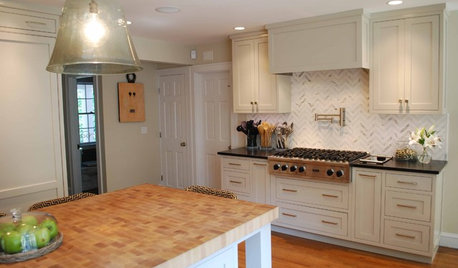
REMODELING GUIDESFinish Frenzy: End-Grain Wood
See More Ways Wood Can Go Beautifully Against the Grain
Full Story








brickeyee
sarschlos_remodeler
Related Professionals
Tooele Cabinets & Cabinetry · Whitehall Cabinets & Cabinetry · Addison Carpenters · Cedar Park Carpenters · Salisbury Carpenters · Sandusky Carpenters · Brushy Creek Flooring Contractors · Elgin Flooring Contractors · Suitland Flooring Contractors · Willoughby Flooring Contractors · Atlanta Furniture & Accessories · Memphis Furniture & Accessories · North Bergen Furniture & Accessories · Thousand Oaks Furniture & Accessories · Temple Terrace Furniture & Accessorieslindac
spicegirl_0101
brickeyee
bobismyuncle